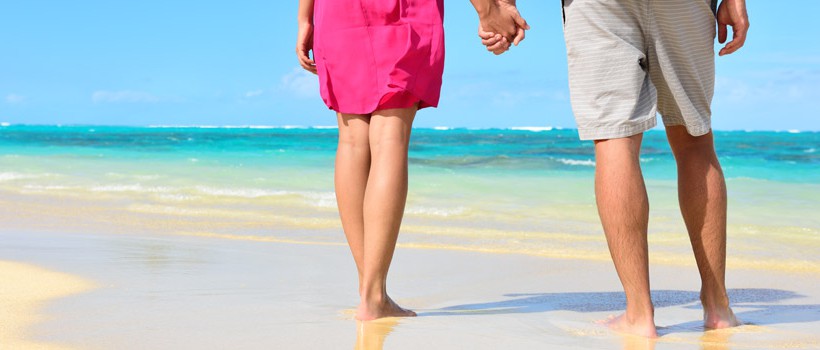What is Surface Radiofrequency?
Surface Radiofrequency is where thermal energy ie Heat is produced by a Radiofrequency machine and is used to treat Spider Veins on the surface of the skin.
What is VEINGOGH?
VEINGOGH is the name of the specialised type of Radiofrequency machine designed to treat superficial leg veins. The VEINGOGH uses a special process termed ‘Ohmic Thermolysis’ to deliver microbursts of high frequency energy through a very fine probe which can heat and seal off superficial Spider Veins with minimal damage to the surrounding skin and tissue.
Why Use Radiofrequency?
There are a variety of ways of producing heat including through Laser and Radiofrequency technology. Radiofrequency machines are a very efficient way of producing heat and can be used for a variety of medical applications including treating large deep veins with the VENEFIT procedure and small surface veins with the VEINGOGH machine.
Radiofrequency machines produce heat through creating a very high frequency alternating current in the million of cycles per second (described as megahertz). The VEINGOGH is able to deliver the radiofrequency energy through a specialised fine probe which is able to selectively heat and seal off small surface veins.
Which types of Leg Veins are suitable for Radiofrequency?
The VEINGOGH achieves the best results on spider veins up to 0.3 mm in diameter. Larger diameter feeder veins do not respond well to the VEINGOGH and typically require treatment by Surface Sclerotherapy in conjunction with the VEINGOGH.
A different type of Radiofrequency device is needed to treat deeper larger Varicose Veins and involves inserting a catheter through the skin to deliver radiofrequency energy to the inside of the Varicose Vein (this is called the VENEFIT procedure).
What does a VEINGOGH treatment involve?
A slight sting is felt when the fine probe contacts the skin and after treatment the treated area can remain red for several hours. The required treatment time will vary with how many Leg Veins need to be treated but typically takes between 15 -30 minutes.
Is Surface Radiofrequency painful?
The sensation of the VEINGOGH probe touching the skin is commonly described as pinching or a slight sting like having a hair removed. Most patients rate the VEINGOGH as less discomfort than either Sclerotherapy injections or Surface Laser treatment to Spider Veins.
Can Radiofrequency be combined with other treatments?
It is very common to be combine different treatment options when managing Leg Veins as different types of Leg Veins require different treatments for the best result. Generally if Surface Veins and Deep Veins both need to be treated, the deeper veins are treated first to remove the underlying pressure flowing back into the Surface Veins.
Surface Leg Veins often need to have larger feeder veins treated by Sclerotherapy injections as well as treating the small Spider Veins by either VEINGOGH or Surface Laser. These treatments can often be done in the same treatment session. It is not usual to combine VEINGOGH and Surface Laser as they are usually targeting similar type Spider Veins.
How many VEINGOGH treatments are needed?
If any underlying leg vein problems have been addressed then the small leg veins that are treated by VEIGOGH typically respond quickly and usually only 1 or 2 VEINGOGH treatments are needed in a particular area. Several VEINGOGH treatments may be needed if there are widespread areas of small Spider Veins over the legs.
What happens after a VEINGOGH treatment?
Immediately after a VEINGOGH treatment the treated area can feel like mild sunburn and if large areas have been treated a cold pack is sometimes used after treatment for 5-10 minutes. A topical cream is applied and any redness in the treatment area usually resolves in a few hours.
The VEINGOGH is a walk in walk out treatment and normal activities can be resumed immediately after treatment. It is generally advised to avoid swimming or vigorous exercise for 48 hours after VEINGOGH treatment whilst the skin is slightly sensitive. Depending on the level of skin reaction sun tanning may need to be avoided for 1-2 weeks after a VEINGOGH treatment.
What are the costs of VEINGOGH?
When only very small surface veins are being treated these are regarded by Medicare as cosmetic and as such there is no Medicare rebate, irrespective of how the veins are treated, whether by Sclerotherapy injections, VEINGOGH or Surface Laser. On any procedure without a Medicare rebate the Government will charge an additional GST of 10%. Expect to pay around $300 to $350 per session for a VEINGOGH treatment.

